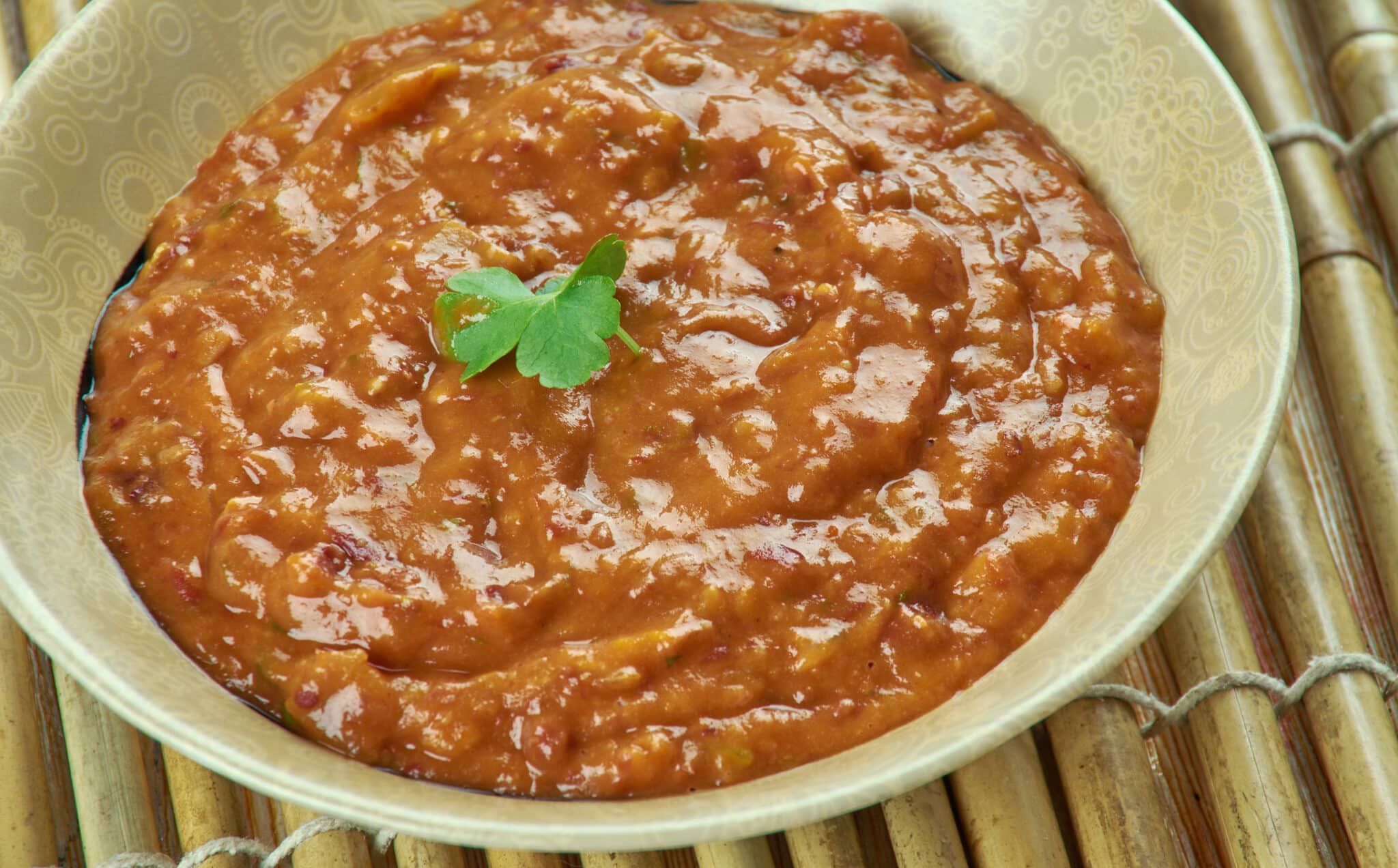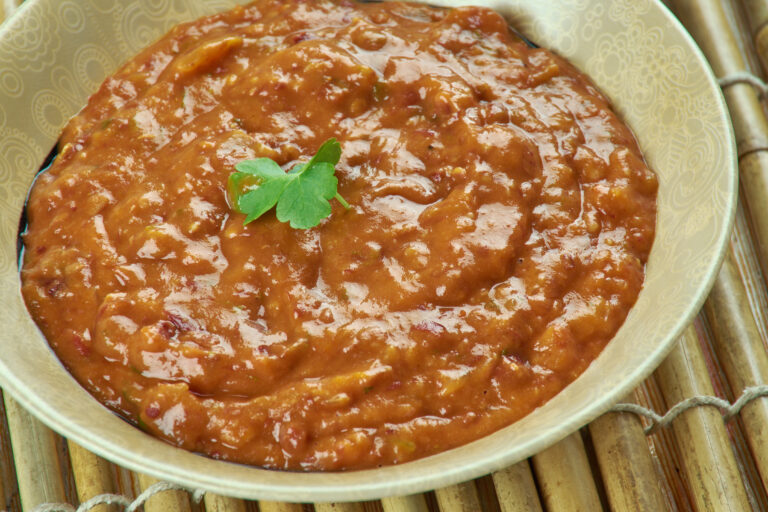
Ful medames, a staple in Sudanese cuisine, is a dish that has stood the test of time. This hearty meal, often enjoyed for breakfast, is deeply rooted in Sudan’s history and culture.
Our team at Remitly created this guide as part of our series that celebrates the traditional foods of our global customers.
The History of Ful Medames in Sudan
The origins of ful medames trace back to ancient times. It was a favored meal among the Pharaohs in Egypt and later spread to neighboring regions including Sudan. Its simplicity and nutritional value made it popular among the masses.
Over centuries, this humble dish has become an integral part of the Sudanese culinary tradition. It’s not just food; it’s a symbol of unity and shared heritage that transcends regional differences.
Ingredients Used in Ful Medames
The primary ingredient in ful medames is fava beans. These are soaked overnight and then cooked until tender. Other ingredients include garlic, onions, lemon juice, olive oil, and various spices like cumin and coriander.
These ingredients come together to create a flavorful dish that is both satisfying and nutritious. The beans provide protein, while the other ingredients add layers of flavor that make each bite interesting.
Recipe for Ful Medames
This recipe will guide you through the process of making traditional Sudanese ful medames. It’s a simple, nutritious dish that can be enjoyed at any time of day.
Ingredients
- 2 cups dried fava beans
- 4 cloves garlic, minced
- 1 large onion, finely chopped
- Juice of 2 lemons
- 3 tablespoons olive oil
- Salt and pepper to taste
- 1 teaspoon cumin
- 1 teaspoon coriander
- Fresh bread for serving
Instructions
- Soak the fava beans overnight in plenty of water.
- Drain the soaked beans and place them in a pot with fresh water.
- Bring to a boil, then reduce heat and simmer until beans are tender.
- Drain the cooked beans, but reserve some of the cooking liquid.
- In the same pot, add garlic and onions to the beans.
- Mash everything together into a thick paste, adding some reserved cooking liquid if needed.
- Season with salt, pepper, cumin, and coriander.
- Stir in lemon juice and olive oil until well combined.
- Serve warm with fresh bread on the side.
Variations of Ful Medames Across Sudan
While there’s a basic recipe for ful medames, variations exist across different regions in Sudan. Some prefer their beans whole rather than mashed; others might add tomatoes or chili peppers for an extra kick.
In some parts of Sudan, people enjoy their ful with tahini sauce or hard-boiled eggs on top. These variations reflect the diversity of Sudanese cuisine and how each region has put its unique spin on this classic dish.
How to Serve and Enjoy Ful Medames
Ful Medames is traditionally served in a communal bowl, reflecting the Sudanese culture of sharing meals. It’s often accompanied by fresh bread, which is used to scoop up the beans.
Some enjoy their ful with a side of pickles or olives for added flavor contrast. Regardless of how it’s served, enjoying ful medames is an experience that brings people together over good food.
Popular Occasions for Eating Ful Medames
While Ful can be enjoyed any time, it’s particularly popular as a breakfast meal in Sudan. Its hearty nature provides a great start to the day. However, it’s not uncommon to see it being served at lunch or dinner too.
During special occasions like weddings or religious festivals, ful often makes an appearance on the menu. It’s a dish that holds cultural significance and is associated with celebrations and community gatherings.
Exploring the Global Popularity of Ful Medames
The appeal of ful medames isn’t limited to Sudan—it has found fans around the globe. From Middle Eastern countries to Western nations, this humble bean dish has made its mark on international cuisine.
Its global popularity can be attributed to its delicious taste coupled with its nutritional benefits. As more people seek out plant-based protein sources, dishes like ful are gaining recognition worldwide.
The Broader Cuisine of Sudan
Sudanese cuisine is as diverse as its geography and culture. It’s characterized by hearty stews, flavorful sauces, and an array of spices that give each dish its unique flavor profile.
Staple Foods in Sudanese Cuisine
In addition to ful medames, other staple foods include sorghum porridge (asida), okra stew (bamia), meat stew (mullah), lentil soup (adas), and various types of bread like kisra made from sorghum or millet flour.
These dishes are often served with shatta—a spicy chili sauce—and accompanied by refreshing drinks like hibiscus tea (karkade) or tamarind juice.
Influence of Neighboring Cultures
Sudanese cuisine has been influenced by neighboring cultures, particularly from the Middle East and North Africa. This is evident in the use of ingredients like dates, sesame seeds, and certain spices.
However, Sudanese cuisine maintains its distinct identity through unique cooking techniques and local ingredients. For instance, dukkah—a blend of spices and nuts—is a uniquely Sudanese condiment used to flavor various dishes.
The Role of Food in Sudanese Culture
Food plays a significant role in Sudanese culture. It’s not just about sustenance, but also about hospitality, celebration, and community bonding. Meals are often communal affairs where families gather around a shared dish—much like ful medames—and enjoy food together.
In conclusion, exploring Sudanese cuisine offers a glimpse into the country’s rich cultural heritage. From ful medames to other traditional dishes, each meal tells a story of history, tradition, and community.
Visit the homepage, download our app, or check out our Help Center to get started.
